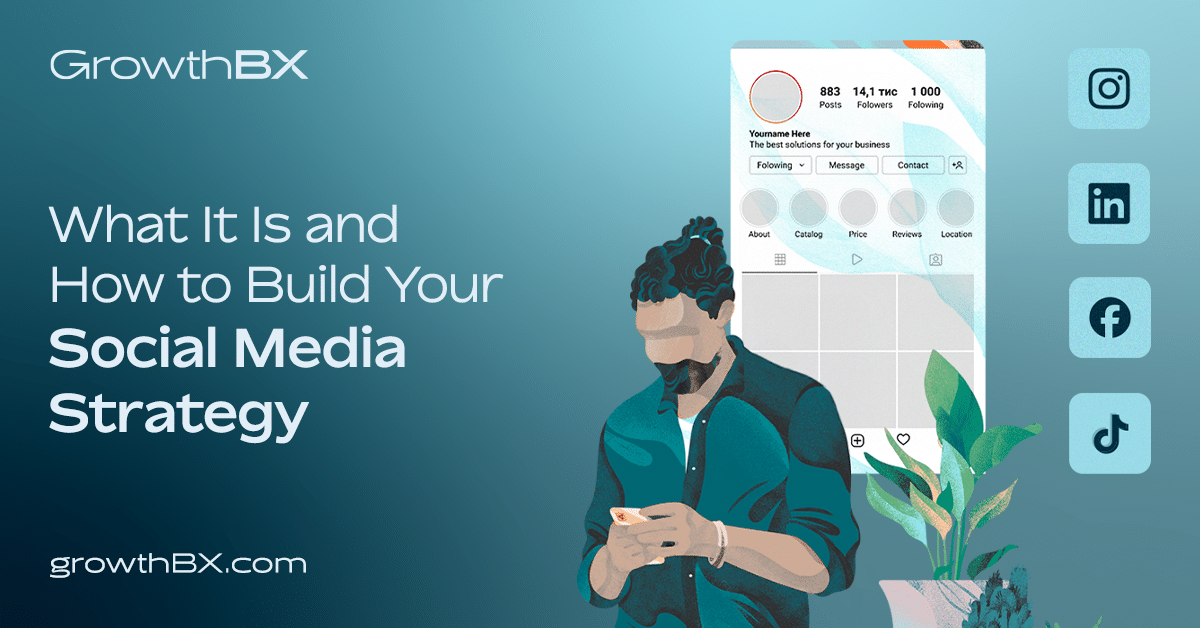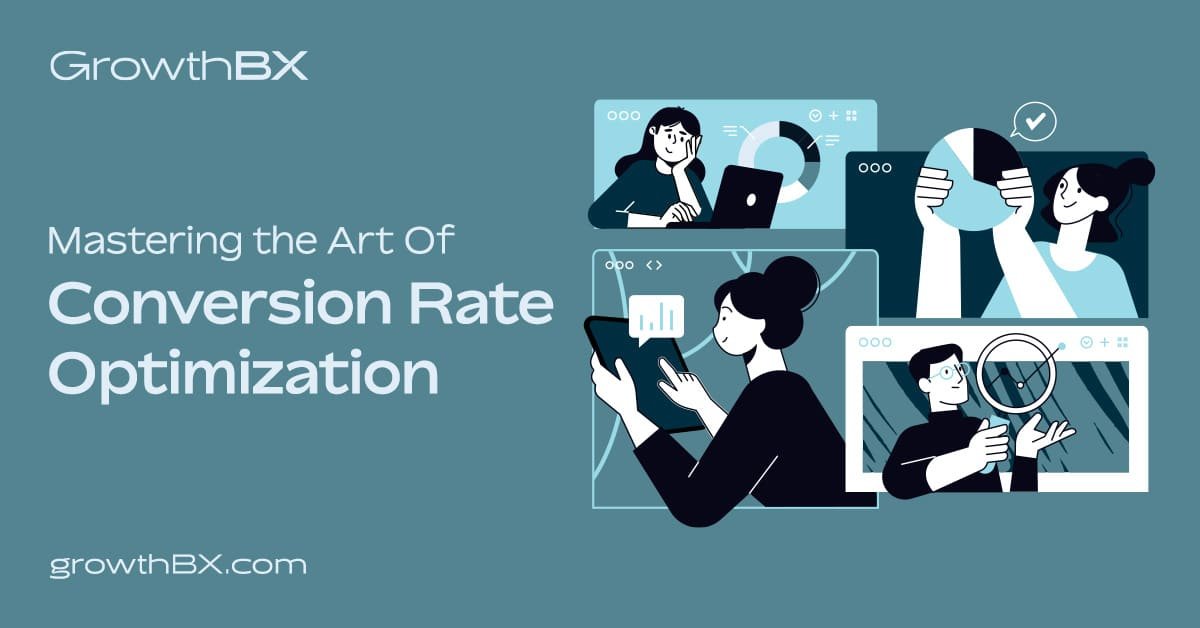Marketing in today’s world is all about personalization and precision. Gone are the days of generic, one-size-fits-all campaigns. Two strategies stand out for their targeted approaches: account-based marketing (ABM) and inbound marketing. So, what sets them apart, and which one should you be focusing on? Let’s break it down.

Account-Based Marketing (ABM): The Sniper Approach
Think of ABM as marketing with a surgical focus. Instead of targeting a broad market, you handpick a list of high-value accounts that fit your ideal customer profile. Then come the personalized campaigns crafted to address those specific accounts’ challenges and needs. ABM requires meticulous research, but the payoff can be significant.
Why choose ABM?
- Deeper Connections: ABM nurtures meaningful relationships with key decision-makers within your target accounts.
- High-Value Wins Targeting a select group of ideal clients often leads to a better return on investment (ROI).
- Complex Sales Champion ABM excels when you have a longer sales cycle or products/services that solve intricate problems.
Inbound Marketing: The Magnet Approach
Inbound marketing is about drawing potential customers to you by providing exceptional value. Picture yourself creating high-quality content like blog posts, videos, or webinars that address your target audience’s pain points. It’s about becoming a trusted source of information, attracting prospects organically.
Why choose Inbound Marketing?
- Scalable Reach: Inbound effectively casts a wider net, attracting a broader range of potential leads.
- Thought Leadership: Consistently publishing valuable content positions you as an expert in your field.
- Budget-Friendly: Inbound offers long-term results and can be a more cost-effective approach than personalized ABM campaigns.
The Decision: Which Path Is Right for You?
Consider the factors that follow in order to make an informed decision:
- Your Target Audience:
- ABM: Ideal for a niche market or a shortlist of big potential clients.
- Inbound: Better for broader audiences with diverse needs.
- Sales Cycle:
- ABM: Perfect if you sell complex solutions that require a longer nurturing process.
- Inbound: Effective for shorter cycles or less intricate product offerings
- Budget and Resources:
- ABM: Demands more investment for its tailored campaigns.
- Inbound: A great place to start if resources are limited.
Example Time!
- A company selling enterprise-level cybersecurity software is likely to thrive with ABM, targeting their message to key IT executives within large businesses.
- A fitness equipment supplier with a wide range of products would do well with inbound marketing, using content like workout guides and healthy recipes to attract fitness enthusiasts.
The Hybrid Approach: The Best of Both Worlds
It’s crucial to realize that ABM and inbound marketing aren’t mutually exclusive. Many successful businesses use a blend of both.
- Use inbound to attract and nurture a broad audience, then apply ABM tactics to close those high-value accounts.
The Key Takeaway
The most effective marketing approach is tailored to your individual business objectives and resources. Understanding the specific capabilities and uses of ABM and inbound marketing allows you to make the best decision for your company’s success.








